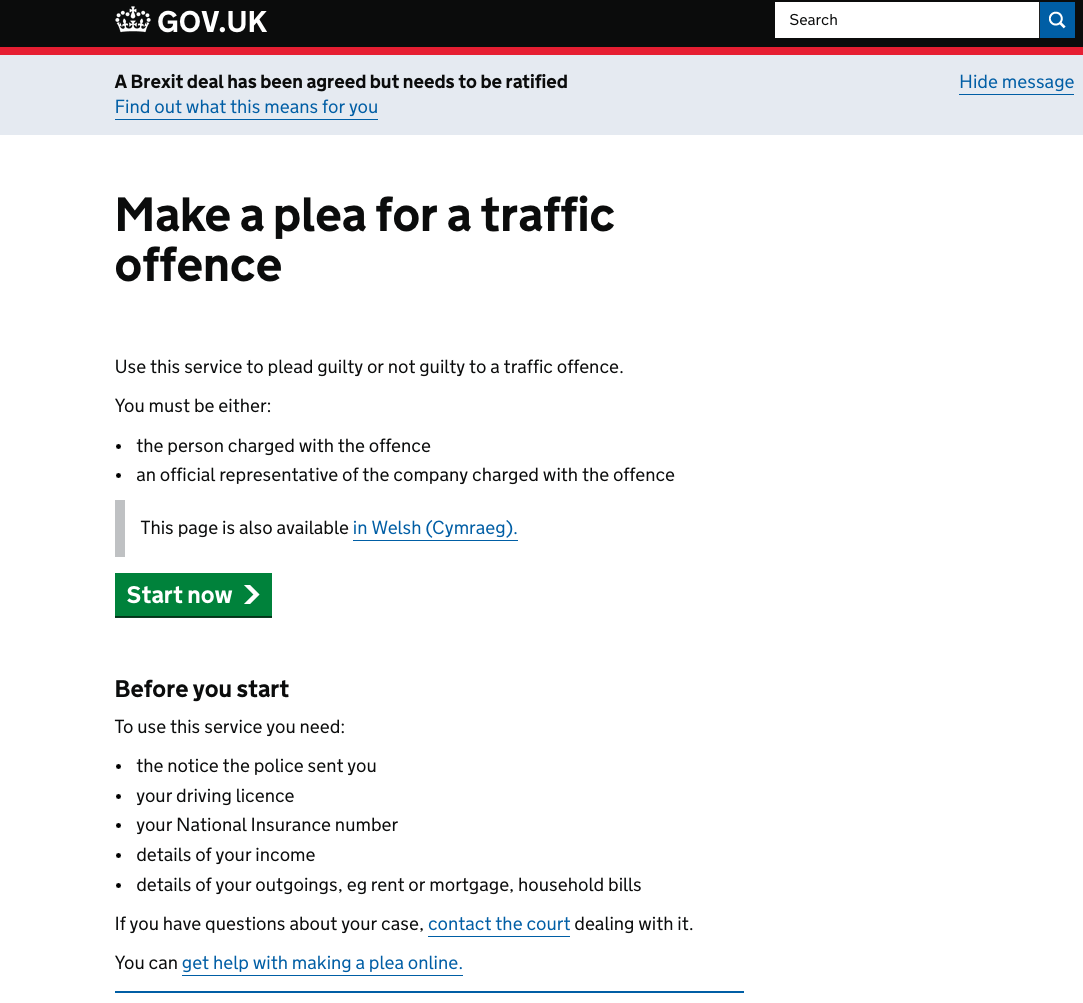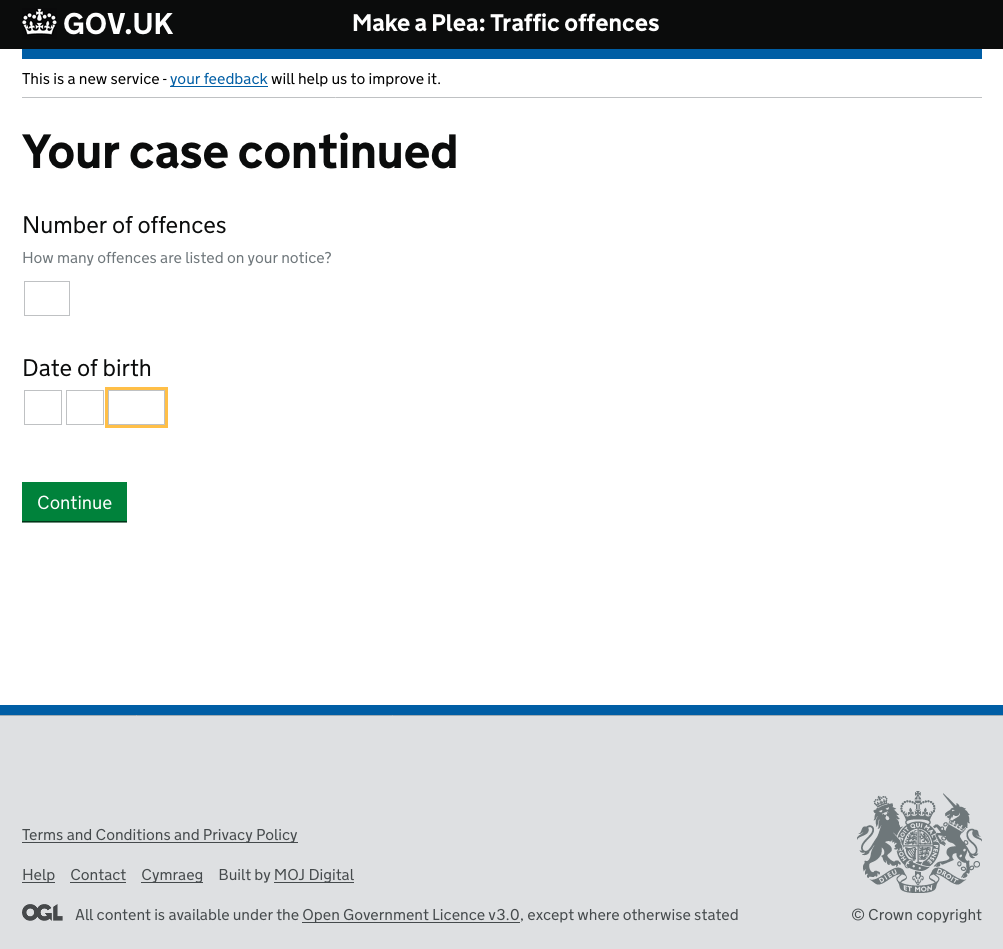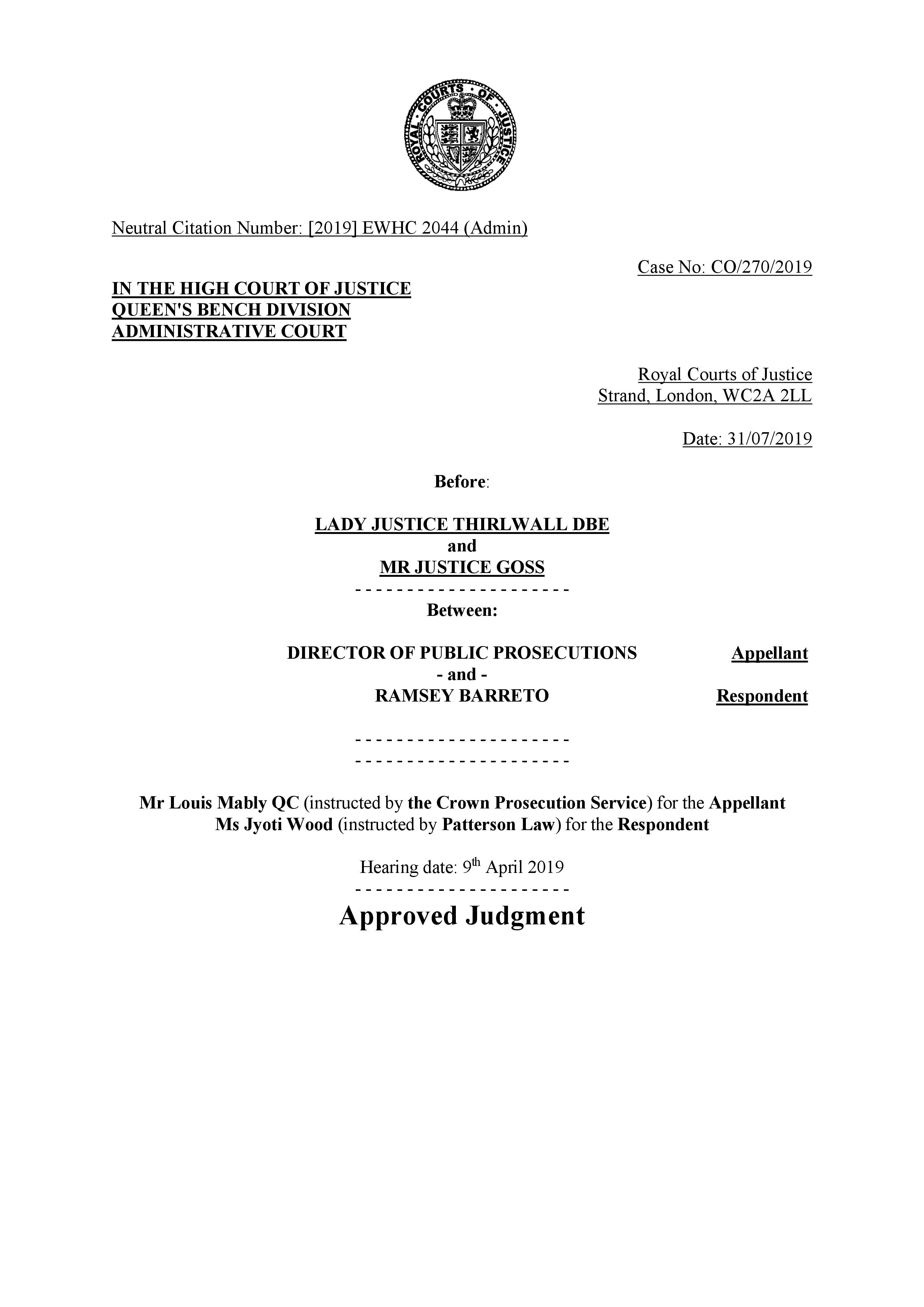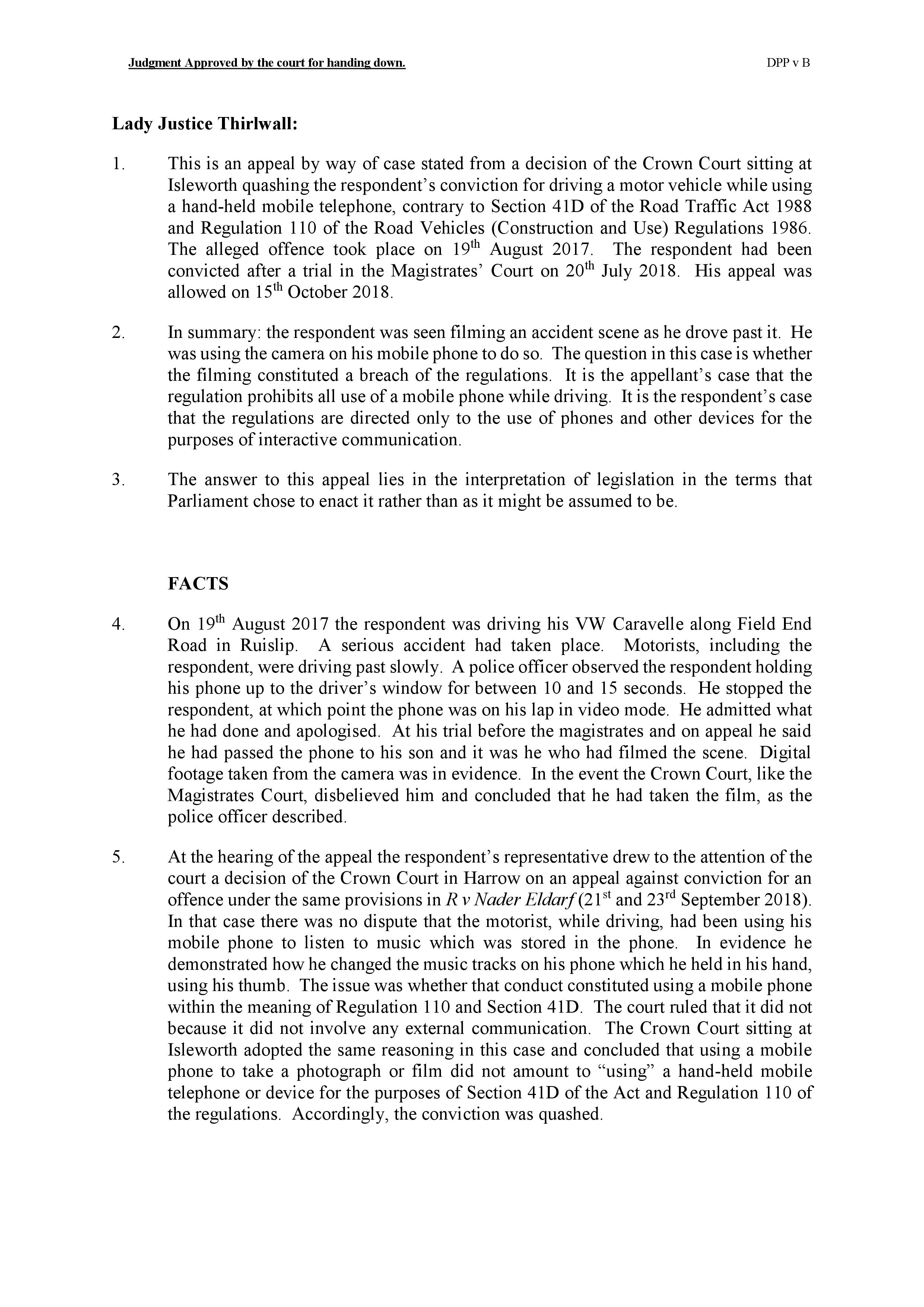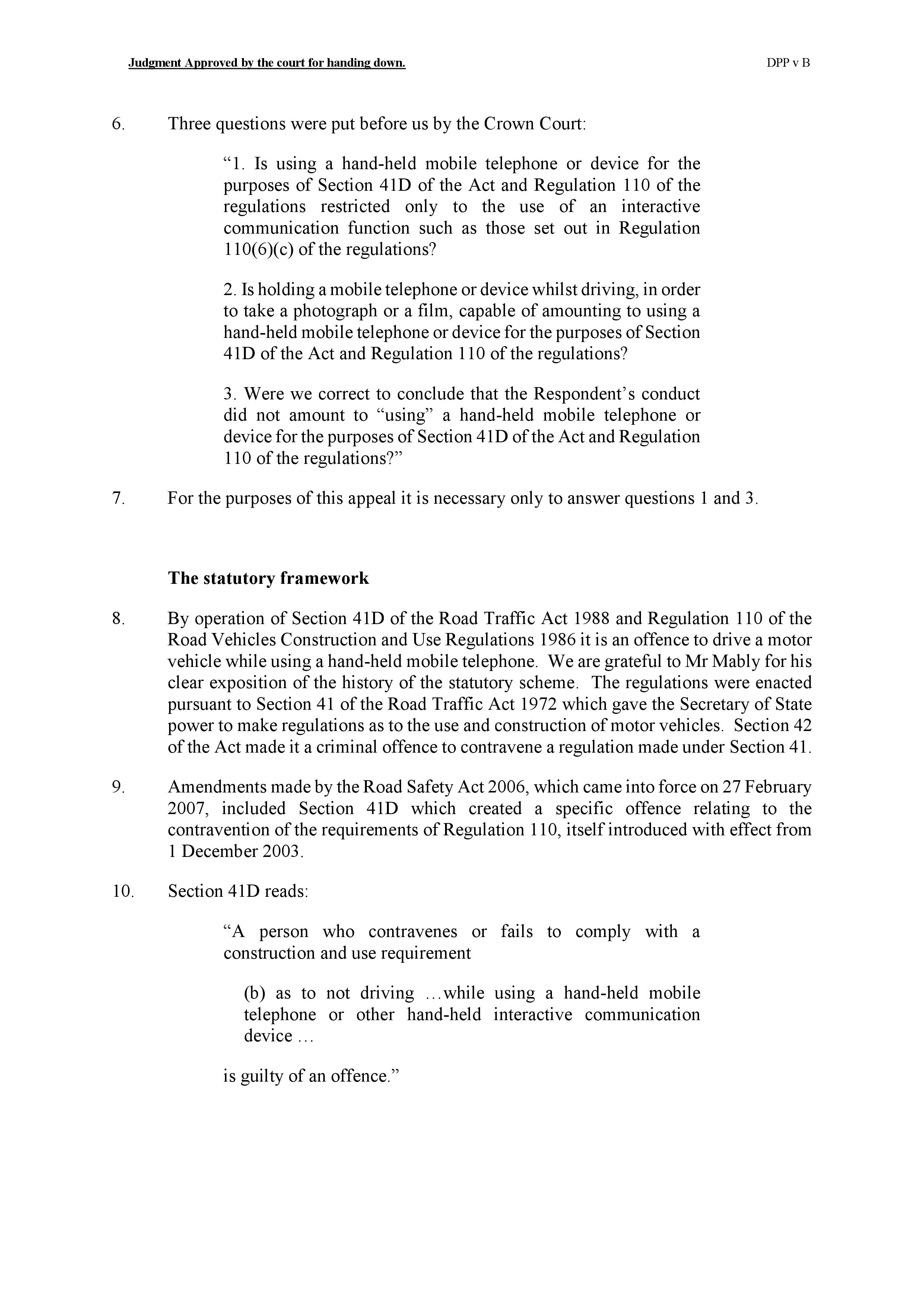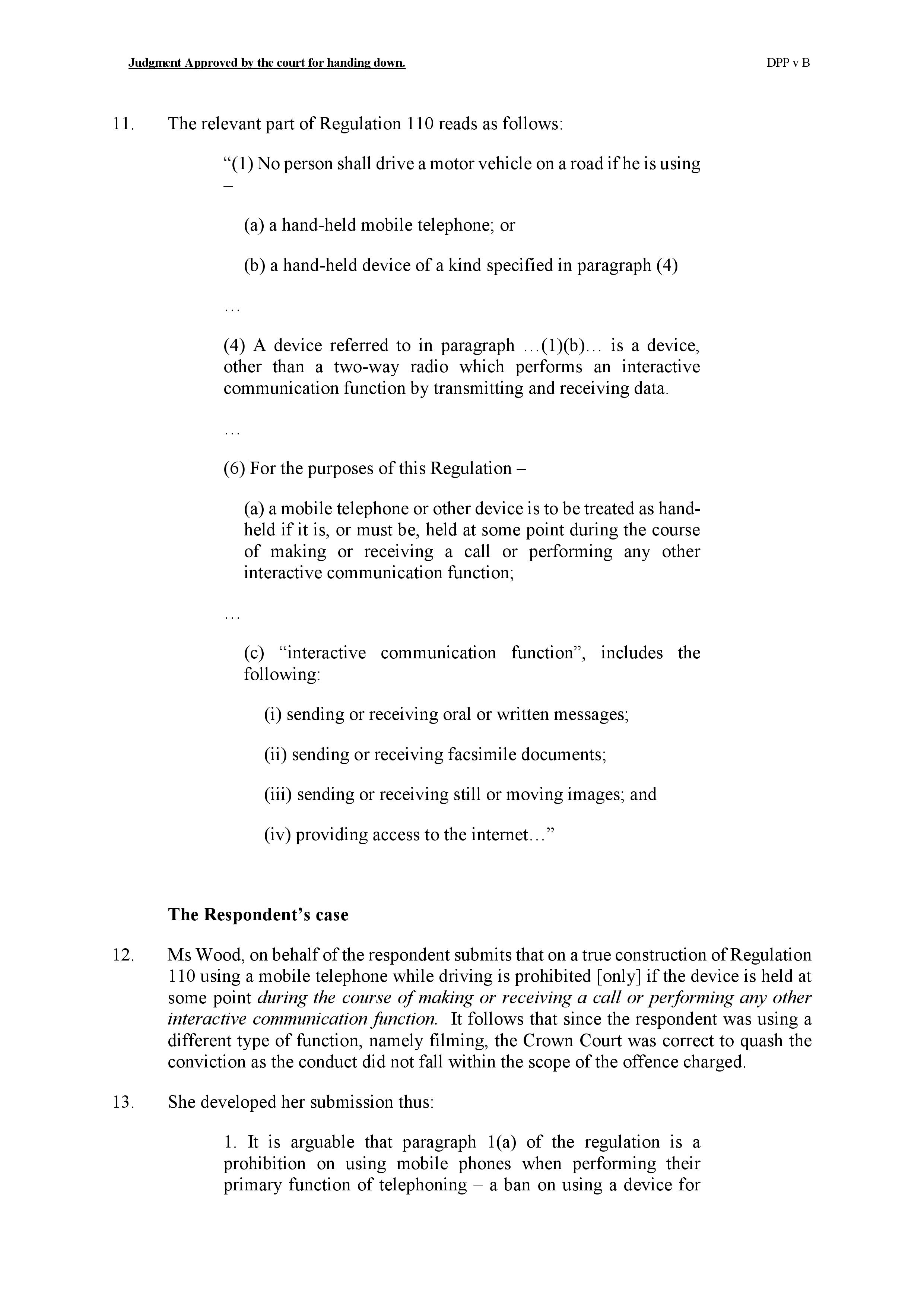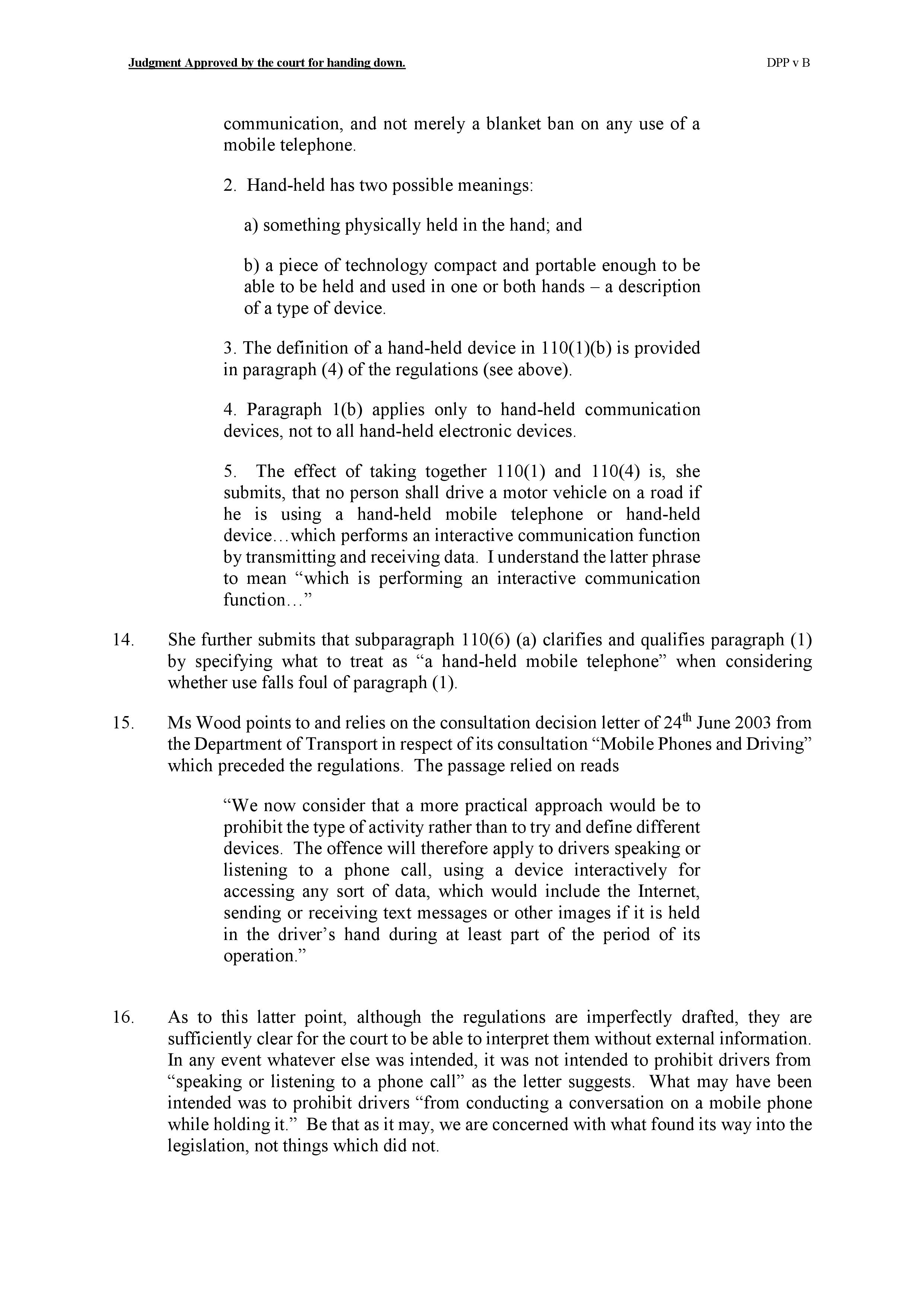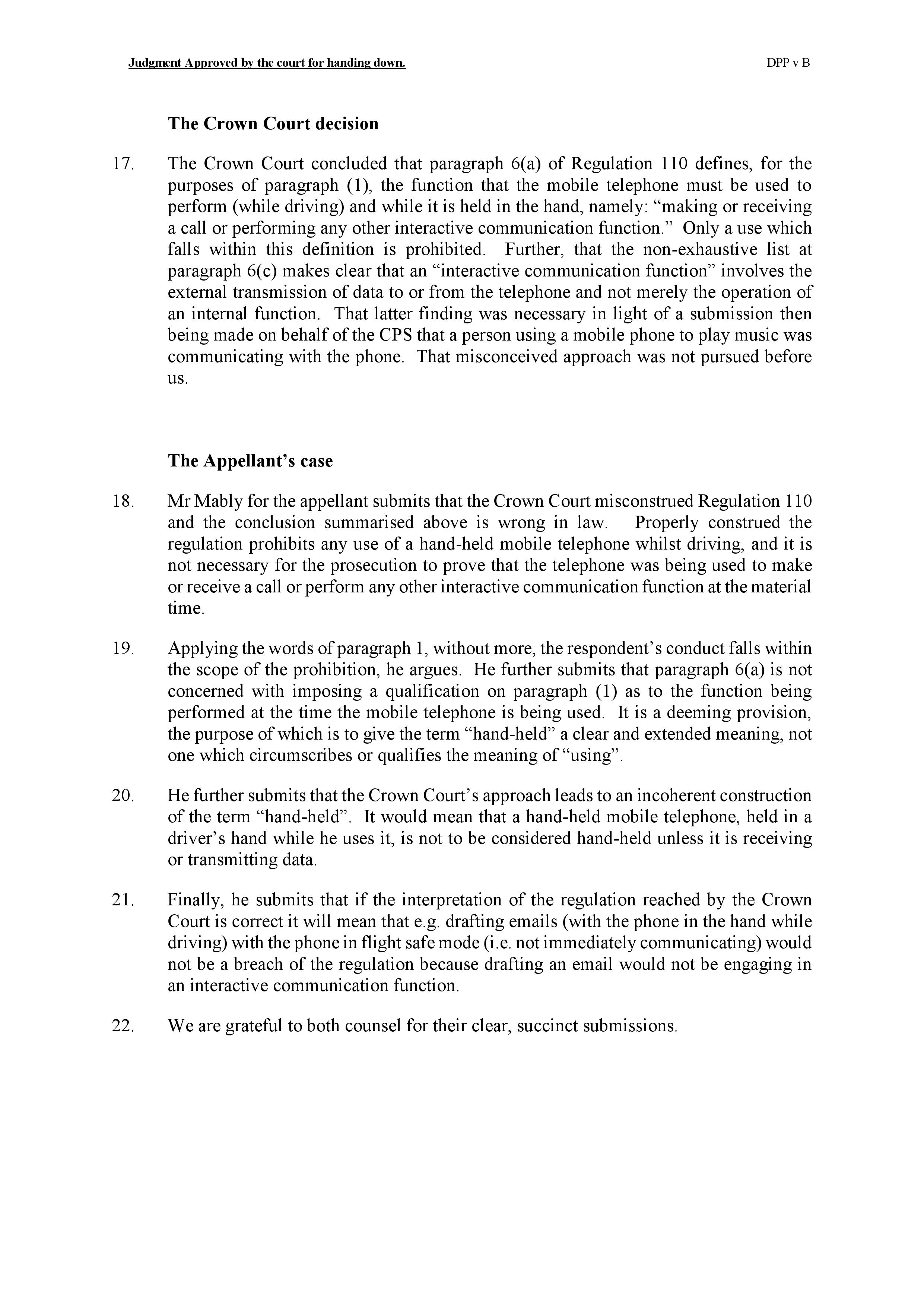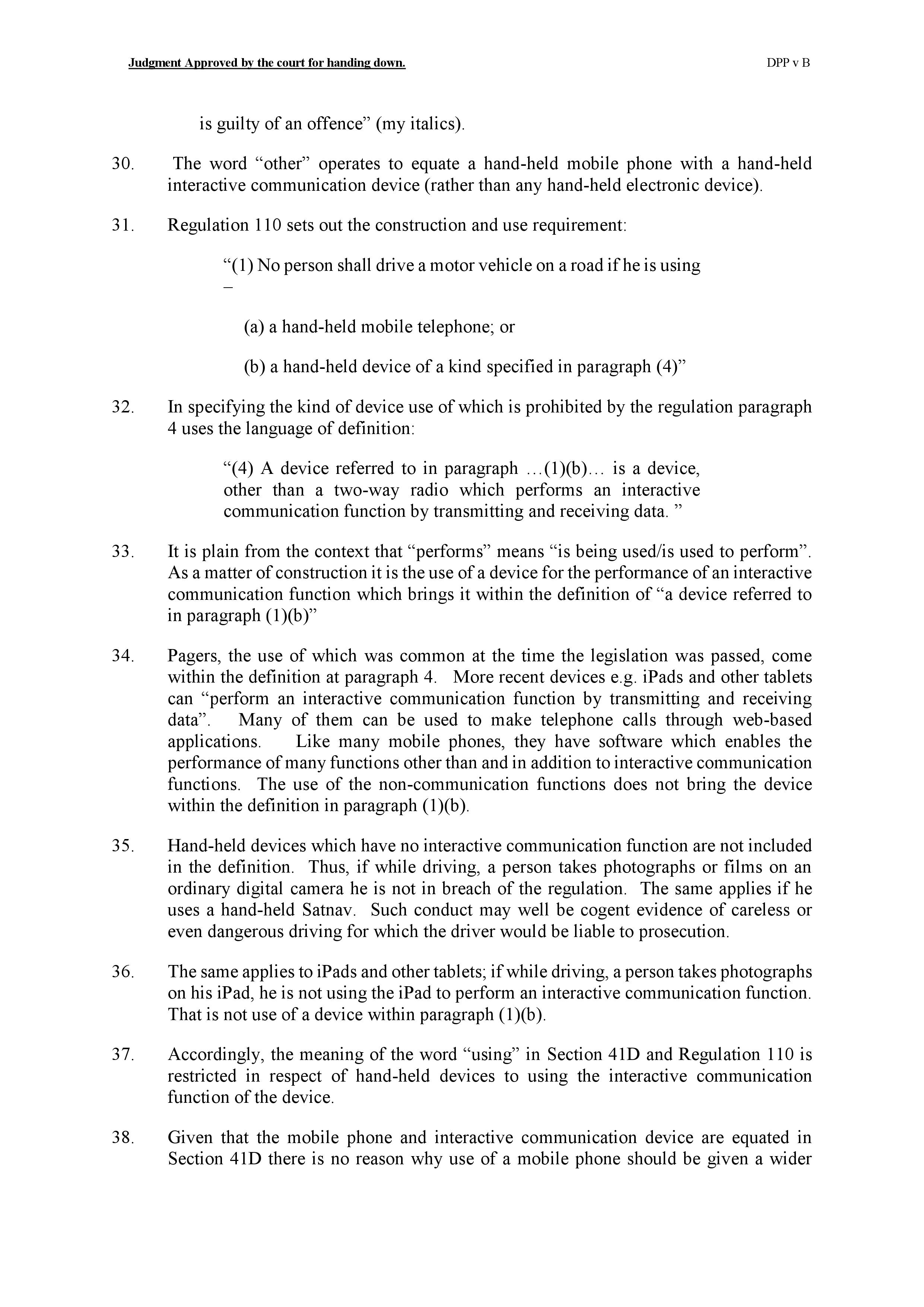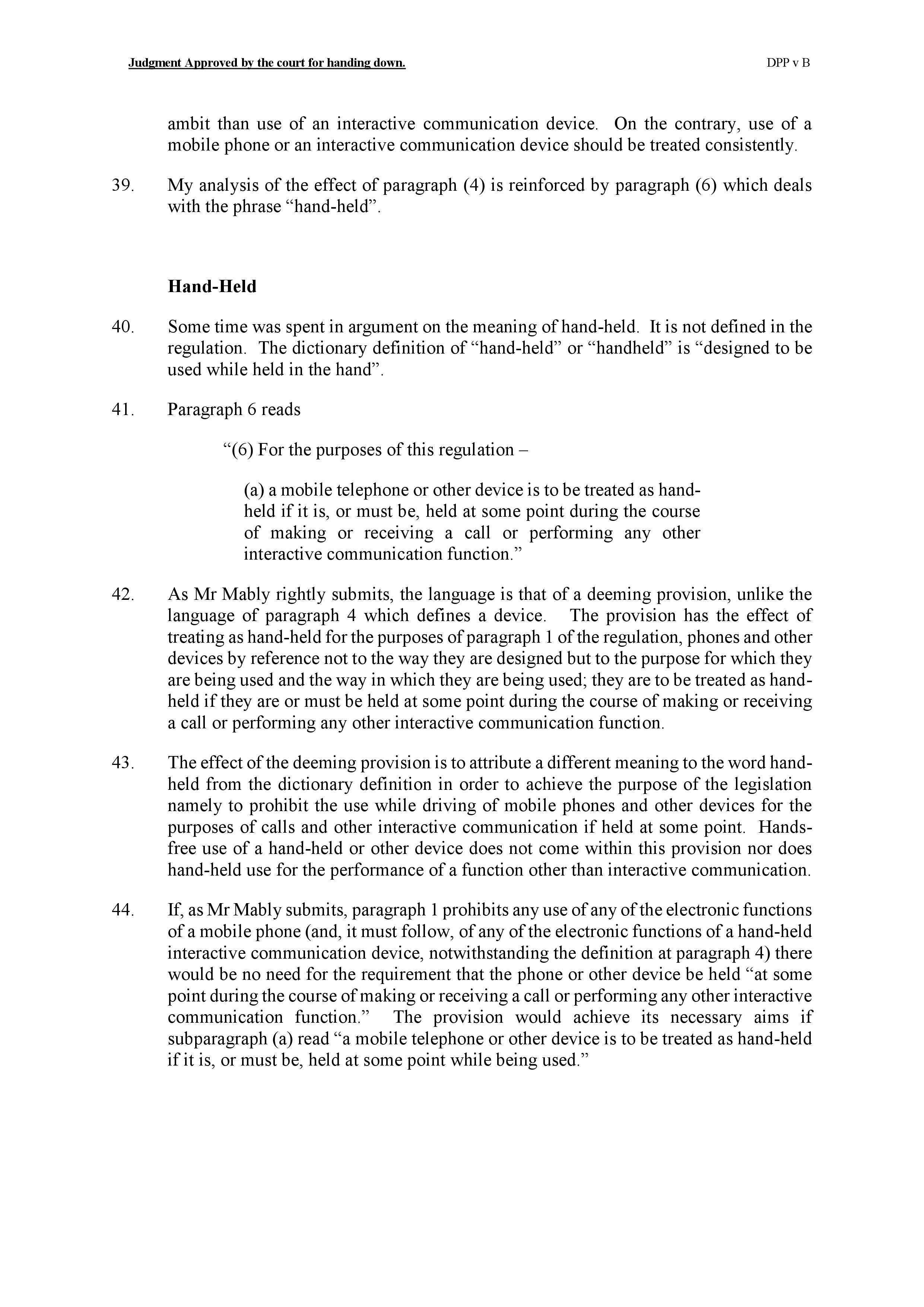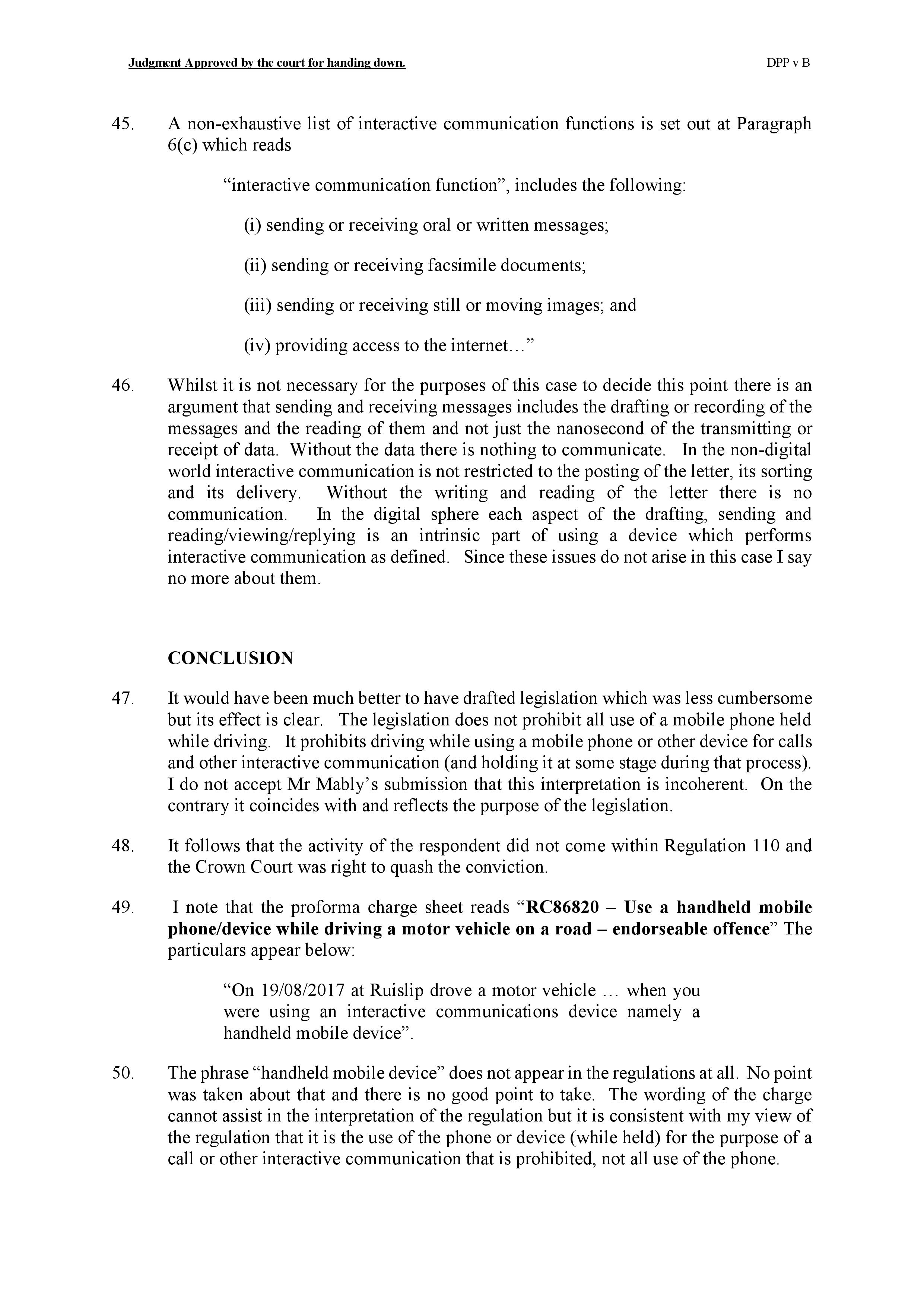Sentencing Council Consultation - February 2019
The Sentencing Council is consulting on Expanded Explanations in the Sentencing Guidelines. Part of the consultation refers to mitigating factors.
As with the aggravating factors the numbering of these factors is purely for ease of reference and is not an indicator of relative importance. The numbering will not appear in guidelines.
We are proposing to provide expanded explanations for the following mitigating factors
M1. No previous convictions or no relevant/recent convictions
First time offenders usually represent a lower risk of re-offending. Re-offending rates for first offenders are significantly lower than rates for repeat offenders. In addition, first offenders are normally regarded as less blameworthy than offenders who have committed the same crime several times already. For these reasons first offenders receive a mitigated sentence.
Where there are previous offences but these are old and /or are for offending of a different nature, the sentence will normally be reduced to reflect that the new offence is not part of a pattern of offending and there is therefore a lower likelihood of reoffending.
When assessing whether a previous conviction is ‘recent’ the court should consider the time gap since the previous conviction and the reason for it.
Previous convictions are likely to be ‘relevant’ when they share characteristics with the current offence (examples of such characteristics include, but are not limited to: dishonesty, violence, abuse of position or trust, use or possession of weapons, disobedience of court orders). In general the more serious the previous offending the longer it will retain relevance.
M2. Good character and/or exemplary conduct
This factor may apply whether or not the offender has previous convictions. Evidence that an offender has demonstrated positive good character through, for example, charitable works may reduce the sentence.
However, this factor is less likely to be relevant where the offending is very serious. Where an offender has used their good character or status to facilitate or conceal the offending it could be treated as an aggravating factor.
M3. Remorse
The court will need to be satisfied that the offender is genuinely remorseful for the offending behaviour in order to reduce the sentence (separate from any guilty plea reduction at step four). Lack of remorse should never be treated as an aggravating factor.
M4. Self-reporting
Where an offender has self-reported to the authorities, particularly in circumstances where the offence may otherwise have gone undetected, this should reduce the sentence (separate from any guilty plea reduction at step four).
M5. Cooperation with the investigation/ early admissions
Assisting or cooperating with the investigation and /or making pre-court admissions may ease the effect on victims and witnesses and save valuable police time justifying a reduction in sentence (separate from any guilty plea reduction at step four).
M6. Little or no planning
Where an offender has committed the offence with little or no prior thought, this is likely to indicate a lower level of culpability and therefore justify a reduction in sentence.
However, impulsive acts of unprovoked violence or other types of offending may indicate a propensity to behave in a manner that would not normally justify a reduction in sentence.
M7. The offender was in a lesser or subordinate role if acting with others / performed limited role under direction
Whereas acting as part of a group may make an offence more serious, if the offender’s role was minor this may indicate lower culpability and justify a reduction in sentence.
M8. Involved through coercion, intimidation or exploitation
Where this applies it will reduce the culpability of the offender.
This factor may be of particular relevance where the offender has been the victim of domestic abuse, trafficking or modern slavery, but may also apply in other contexts.
Courts should be alert to factors that suggest that an offender may have been the subject of coercion, intimidation or exploitation which the offender may find difficult to articulate, and where appropriate ask for this to be addressed in a PSR.
This factor may indicate that the offender is vulnerable and would find it more difficult to cope with custody or to complete a community order.
M9. Limited awareness or understanding of the offence
The factor may apply to reduce the culpability of an offender
acting alone who has not appreciated the seriousness of the offence or
where an offender is acting with others and does not appreciate the extent of the
overall offending.
If the offender had genuinely failed to understand or appreciate the seriousness of the offence, the sentence may be reduced from that which would have applied if the offender had understood the full extent of the offence and the likely harm that would be caused.
Where an offender lacks capacity to understand the full extent of the offending see the guidance under ‘Mental disorder or learning disability’ below.
M10. Little or no financial gain
Where an offence (which is not one which by its nature is an acquisitive offence) is committed in a context where financial gain could arise, the culpability of the offender may be reduced where it can be shown that the offender did not seek to gain financially from the conduct and did not in fact do so.
M11. Delay since apprehension
Where there has been an unreasonable delay in proceedings since apprehension which is not the fault of the offender, and which has had a detrimental effect on the offender, the court may take this into account by reducing the sentence.
Note: No fault should attach to an offender for not admitting an offence and/or putting the prosecution to proof of its case.
M12. Activity originally legitimate
Where the offending arose from an activity which was originally legitimate, but became unlawful (for example because of a change in the offender’s circumstances or a change in regulations), this may indicate lower culpability and thereby a reduction in sentence.
This factor will not apply where the offender has used a legitimate activity to mask a criminal activity.
M13. Age and/or lack of maturity
Age and/or lack of maturity can affect:
the offender’s responsibility for the offence and
the effect of the sentence on the offender.
Either or both of these considerations may justify a reduction in the sentence.
The emotional and developmental age of an offender is of at least equal importance to their chronological age (if not greater).
In particular young adults (typically aged 18-25) are still developing neurologically and consequently may be less able to:
evaluate the consequences of their actions
limit impulsivity
limit risk taking
Young adults are likely to be susceptible to peer pressure and are more likely to take risks or behave impulsively when in company with their peers.
Environment plays a role in neurological development and factors such as childhood adversity including deprivation and/or abuse will affect development.
An immature offender may find it particularly difficult to cope with custody and therefore may be more susceptible to self-harm in custody.
An immature offender may find it particularly difficult to cope with the requirements of a community order without appropriate support.
There is a greater capacity for change in immature offenders and they may be receptive to opportunities to address their offending behaviour and change their conduct.
Where the offender is a care leaver the court should enquire as to any effect a sentence may have on the offender’s ability to make use of support from the local authority. (Young adult care leavers are entitled to time limited support. Leaving care services may change at the age of 21 and cease at the age of 25, unless the young adult is in education at that point). See also the Sentencing Children and Young People Guideline (paragraphs 1.16 and 1.17).
Where an offender has turned 18 between the commission of the offence and conviction the court should take as its starting point the sentence likely to have been imposed on the date at which the offence was committed, but taking into account the purposes of sentencing adult offenders. See also the Sentencing Children and Young People Guideline (paragraphs 6.1 to 6.3).
When considering a custodial or community sentence for a young adult the National Probation Service should address these issues in a PSR.
M14. Sole or primary carer for dependent relatives
This factor is particularly relevant where an offender is on the cusp of custody or where the suitability of a community order is being considered. For offenders on the cusp of custody, imprisonment should not be imposed where there would be an impact on dependants which would make a custodial sentence disproportionate to achieving the aims of sentencing. Where custody is unavoidable consideration of the impact on dependants may be relevant to the length of the sentence imposed. For more serious offences where a substantial period of custody is appropriate, this factor will carry less weight.
In addition when sentencing an offender who is pregnant relevant considerations may include:
any effect of the sentence on the health of the offender and
any effect of the sentence on the unborn child
In such situations the court should ask the Probation Service to address these issues in a PSR.
M15. Physical disability or serious medical conditions requiring urgent, intensive or long- term treatment
The court can take account of physical disability or a serious medical condition by way of mitigation as a reason for reducing the length of the sentence, either on the ground of the greater impact which imprisonment will have on the offender, or as a matter of generally expressed mercy in the individual circumstances of the case.
However, such a condition, even when it is difficult to treat in prison, will not automatically entitle the offender to a lesser sentence than would otherwise be appropriate.
There will always be a need to balance issues personal to an offender against the gravity of the offending (including the harm done to victims), and the public interest in imposing appropriate punishment for serious offending;
A terminal prognosis is not in itself a reason to reduce the sentence even further. The court must impose a sentence that properly meets the aims of sentencing even if it will carry the clear prospect that the offender will die in custody. The prospect of death in the near future will be a matter considered by the prison authorities and the Secretary of State under the early release on compassionate grounds procedure (ERCG).
But, an offender’s knowledge that he will likely face the prospect of death in prison, subject only to the ERCG provisions, is a factor that can be considered by the sentencing Judge when determining the sentence that it would be just to impose.
M16. Mental disorder or learning disability
Mental disorders and learning disabilities are different things, although an individual may suffer from both. A learning disability is a permanent condition developing in childhood, whereas mental illness (or a mental health problem) can develop at any time, and is not necessarily permanent; people can get better and resolve mental health problems with help and treatment.
In the context of sentencing a broad interpretation of the terms ‘mental disorder’ and learning disabilities’ should be adopted to include:
Offenders with an intellectual impairment (low IQ);
Offenders with a cognitive impairment such as (but not limited to) dyslexia, attention
deficit hyperactivity disorder (ADHD);
Offenders with an autistic spectrum disorder (ASD) including Asperger’s syndrome;
Offenders with a personality disorder;
Offenders with a mental illness.
Offenders may have a combination of the above conditions.
Sentencers should be alert to the fact that not all mental disorders or learning disabilities are visible or obvious.
A mental disorder or learning disability can affect both:
the offender’s responsibility for the offence and
the impact of the sentence on the offender.
The court will be assisted by a PSR and, where appropriate, medical reports (including from court mental health teams) in assessing:
the degree to which a mental disorder or learning disability has reduced the offender’s responsibility for the offence. This may be because the condition had an impact on the offender’s ability to understand the consequences of their actions, to limit impulsivity and/or to exercise self-control.
a relevant factor will be the degree to which a mental disorder or learning disability has been exacerbated by the actions of the offender (for example by the voluntary abuse of drugs or alcohol or by voluntarily failing to follow medical advice);
in considering the extent to which the offender’s actions were voluntary, the extent to which a mental disorder or learning disability has an impact on the offender’s ability to exercise self-control or to engage with medical services will be a relevant consideration.
any effect of the mental disorder or learning disability on the impact of the sentence on
the offender; a mental disorder or learning disability may make it more difficult for the offender to cope with custody or comply with a community order.
M17. Determination and /or demonstration of steps having been taken to address addiction or offending behaviour
Where offending is driven by or closely associated with drug or alcohol abuse (for example stealing to feed a habit, or committing acts of disorder or violence whilst drunk) a commitment to address the underlying issue may justify a reduction in sentence. This will be particularly relevant where the court is considering whether to impose a sentence that focuses on rehabilitation.
Similarly, a commitment to address other underlying issues that may influence the offender’s behaviour may justify the imposition of a sentence that focusses on rehabilitation.
The court will be assisted by a PSR in making this assessment.

